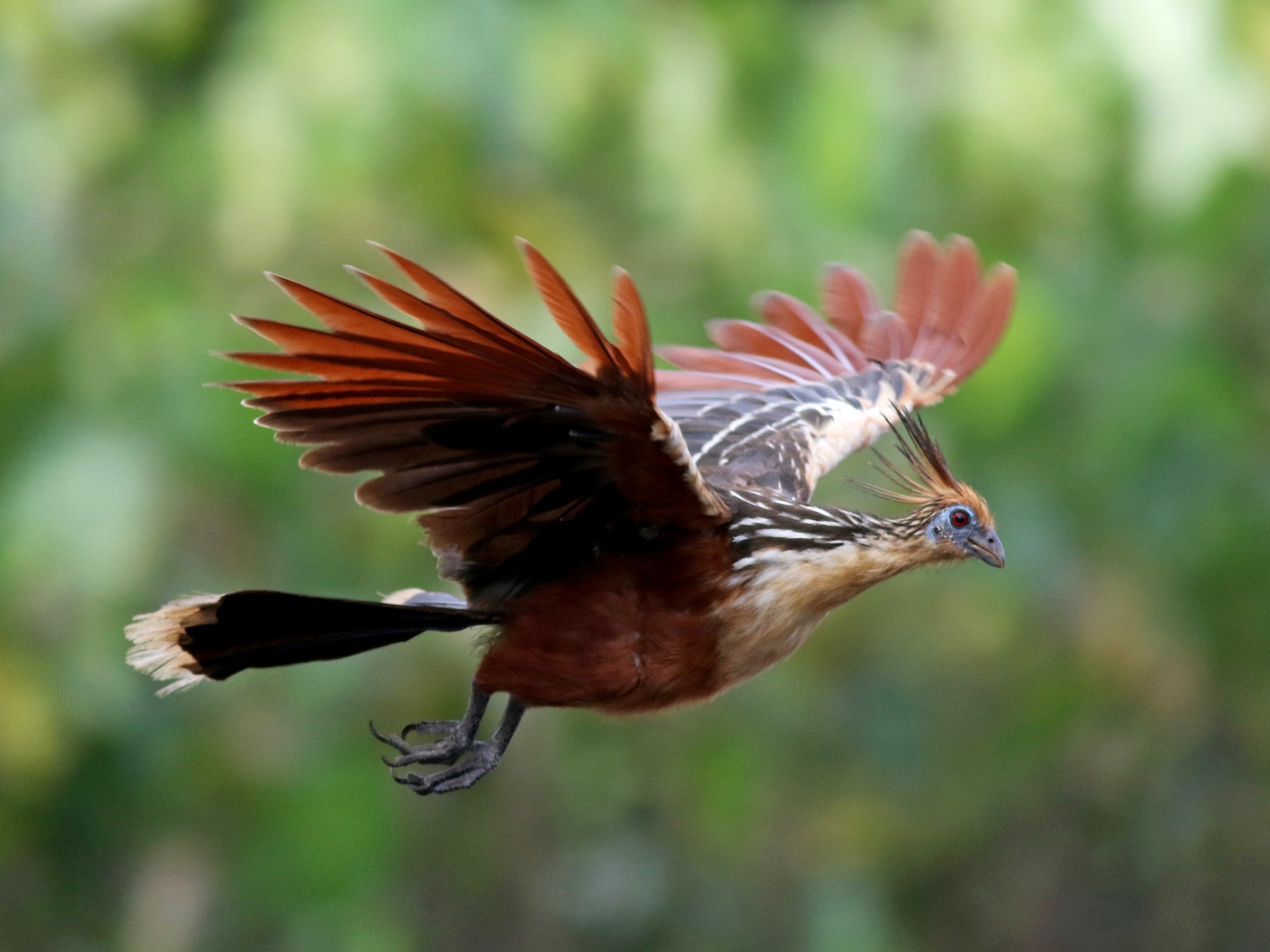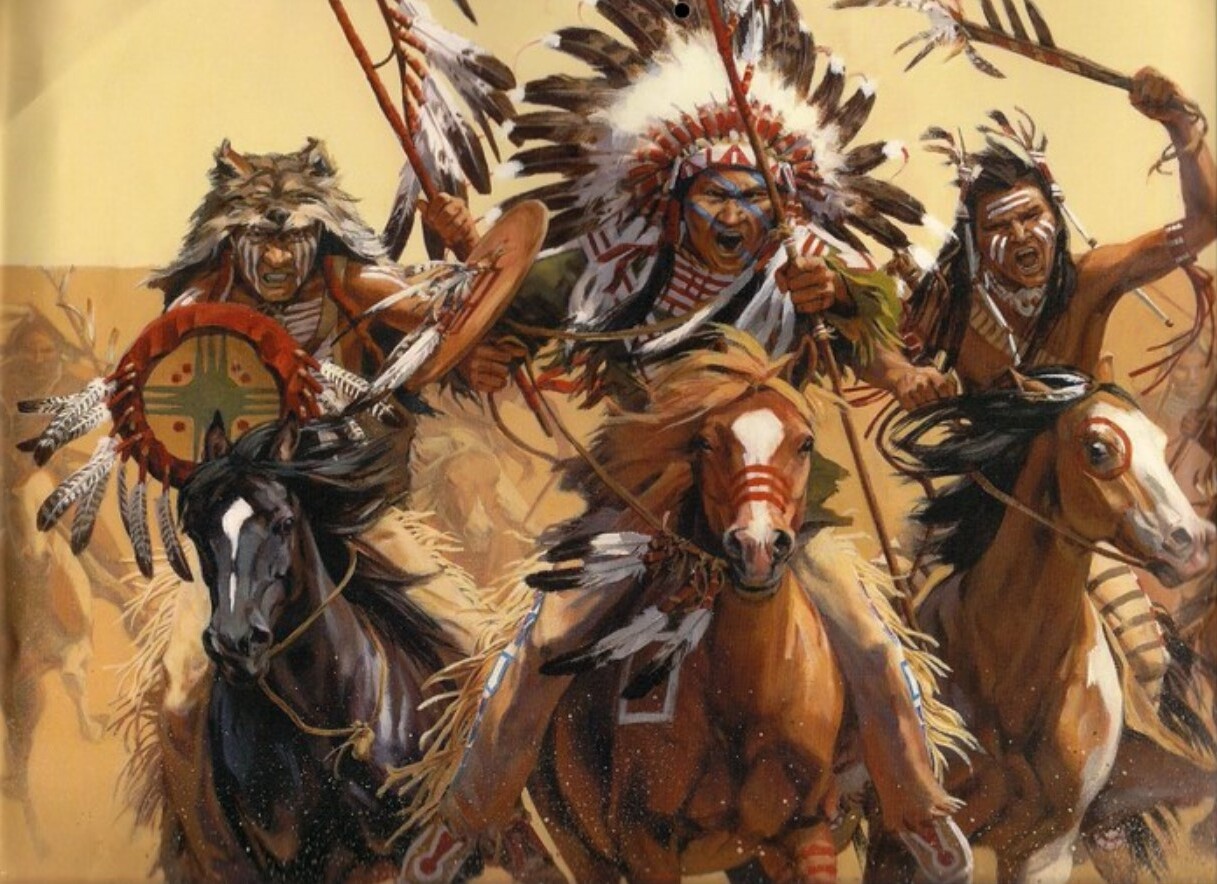
The Hoatzin, also known as the Canje pheasant and stinkbird, is a fascinating bird that can be found in the rainforests of South America. With its unique appearance and intriguing behaviors, the Hoatzin has captured the attention of scientists and bird enthusiasts alike. In this article, we will uncover 18 fascinating facts about the Hoatzin, shedding light on its appearance, lifestyle, and evolutionary quirks. From its distinct odor to its ability to climb trees, the Hoatzin is truly a remarkable creature. So, let’s dive into the world of the Hoatzin and discover what makes this bird so special!
Key Takeaways:
- The Hoatzin, also known as the “stinky turkey,” is a unique bird with a prehistoric lineage, fascinating digestive system, and remarkable adaptations for survival in the rainforests of South America.
- The Hoatzin’s distinct appearance, social behavior, and important role in its ecosystem make it a symbol of biodiversity, highlighting the need for conservation efforts to protect this extraordinary bird species.
The Hoatzin is a unique bird species
The hoatzin, also known as the “stinky turkey” or “reptile bird,” is a distinct species of bird native to the rainforests of South America. Its unusual appearance and behaviors set it apart from other bird species.
The Hoatzin has a prehistoric lineage
The hoatzin belongs to a family of birds called Opisthocomidae, which has a lineage that can be traced back millions of years. This makes the hoatzin a living relic that provides valuable insights into the evolutionary history of birds.
The Hoatzin has an interesting digestive system
Unlike other birds, the hoatzin has a unique digestive system. It boasts an enlarged crop where it ferments the vegetation it consumes. This fermentation process gives the hoatzin a distinct odor, earning it the nickname “stinky turkey.
The Hoatzin is an excellent swimmer
The hoatzin has developed strong swimming abilities, using its long claws to paddle through bodies of water. This adaptation allows it to escape predators and find food sources in aquatic environments.
The Hoatzin is a social bird
Hoatzins are known for their social behavior and are often found in small groups or flocks. They communicate with a variety of vocalizations, including hisses, grunts, and moans.
The Hoatzin has unique nest-building habits
Hoatzins build their nests near bodies of water, typically in trees or bushes. Remarkably, their nests are composed of twigs and vegetation that they place directly above the water, providing protection from potential predators.
The Hoatzin has an interesting appearance
With its distinctive crest, bright blue facial skin, and striking reddish-brown plumage, the hoatzin is a visually captivating bird species. Its appearance makes it instantly recognizable in its natural habitat.
The Hoatzin has a limited geographic range
The hoatzin is predominantly found in the wetlands and rainforests of the Amazon Basin, Orinoco Basin, and other regions of South America. It has a specific habitat preference, which restricts its distribution to these areas.
The Hoatzin feeds mainly on vegetation
The hoatzin is primarily herbivorous, feeding on foliage, leaves, flowers, and fruits. Its diet consists mainly of the leaves of plants like mangroves, water hyacinths, and various other riverbank vegetation.
The Hoatzin has an unusual wing anatomy
The hoatzin has specialized wing anatomy, with elongated, clawed fingers on its wings. These claws are used by juvenile hoatzins to climb trees, allowing them to move from the nest to the water or forage for food.
The Hoatzin’s population is decreasing
Due to habitat loss and degradation caused by human activities, the hoatzin population is facing a decline. Conservation efforts are crucial to protect this unique bird and its fragile ecosystem.
The Hoatzin has an interesting mating system
During the breeding season, male hoatzins display unique courtship behaviors and calls to attract females. Once a pair bonds, they work together to build and maintain their nest, incubate eggs, and care for the hatchlings.
The Hoatzin is known for its distinct odor
As mentioned earlier, the hoatzin has a strong, pungent odor due to the fermentation process in its digestive system. This smell acts as a defense mechanism, deterring potential predators.
The Hoatzin has a remarkable ability to regenerate its digestive system
The hoatzin has the incredible ability to regenerate its digestive system. This adaptation allows it to continually adjust to changes in its diet as it transitions from a herbivorous diet to an insectivorous one during its early stages of life.
The Hoatzin’s hatchlings have unique adaptations
When hoatzin chicks hatch, they have specialized clawed wings that help them climb trees or branches. This adaptation allows them to move around their nesting area safely.
The Hoatzin has multiple predators
Despite its strong odor and unique characteristics, the hoatzin still faces predation from various sources. Predators include snakes, birds of prey, and mammals such as jaguars and ocelots.
The Hoatzin’s vocalizations are distinct
The hoatzin’s vocal repertoire consists of various calls and sounds, including croaking, grunting, and hissing. These vocalizations are used for communication within their social groups and during courtship.
The Hoatzin is a symbol of biodiversity
The hoatzin’s presence in its natural habitat indicates a healthy and diverse ecosystem. Protecting the hoatzin and its habitat is essential for preserving the overall biodiversity of the rainforests.
Conclusion
The hoatzin, with its unique features and behaviors, is undoubtedly a fascinating creature. From its clawed wings to its leafy vegetarian diet, this bird stands apart from others in the avian world. Its ability to produce its own stomach bacteria to aid in digestion is a rare and intriguing adaptation.Despite concerns about habitat loss and hunting, conservation efforts are underway to protect the hoatzin and ensure its survival. By understanding and appreciating the hoatzin’s role in its ecosystem, we can contribute to the conservation of this unique species.Next time you find yourself delving into the world of animals, remember to keep the hoatzin in mind. Its unusual characteristics and habits make it a captivating subject for study and admiration. Let’s continue to appreciate and protect the incredible diversity of wildlife that our planet has to offer.
FAQs
Q: What is the scientific name of the hoatzin?
A: The scientific name of the hoatzin is “Opisthocomus hoazin”.
Q: Where can hoatzins be found?
A: Hoatzins are native to the Amazon and Orinoco basins in South America.
Q: What do hoatzins eat?
A: Hoatzins primarily feed on leaves, fruits, and flowers.
Q: Why do hoatzin chicks have clawed wings?
A: The clawed wings in hoatzin chicks help them climb trees and navigate their surroundings before they develop fully functional wings.
Q: Are hoatzins endangered?
A: While hoatzins are not currently considered endangered, their populations are at risk due to habitat loss and hunting.
The Hoatzin's distinctive characteristics make it a fascinating subject for bird enthusiasts and nature lovers alike. Its unique digestive system, prehistoric lineage, and remarkable adaptations are just a few reasons why this bird captivates our attention. If you're curious to learn more about our feathered friends, explore our article on 19 fascinating facts about birds from around the world. For those interested in the Hoatzin's habitat, don't miss our piece on the Amazon rainforest's incredible biodiversity and the crucial role it plays in supporting countless species like the Hoatzin.
Was this page helpful?
Our commitment to delivering trustworthy and engaging content is at the heart of what we do. Each fact on our site is contributed by real users like you, bringing a wealth of diverse insights and information. To ensure the highest standards of accuracy and reliability, our dedicated editors meticulously review each submission. This process guarantees that the facts we share are not only fascinating but also credible. Trust in our commitment to quality and authenticity as you explore and learn with us.


